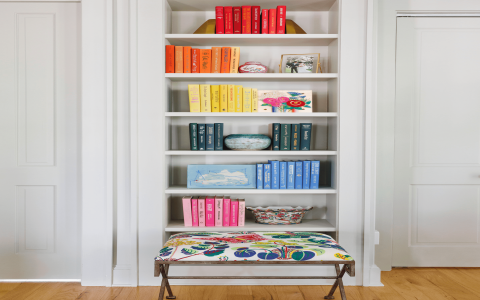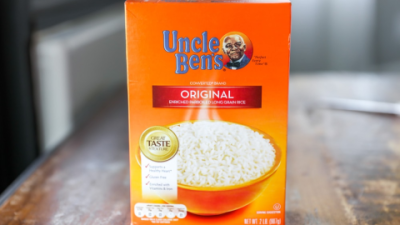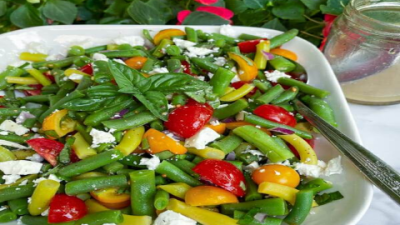Good Housekeeping Magazine has been around for ages, and it’s one of those trusted names people turn to when they want honest advice about everything from home decor to health tips. If you’re thinking about advertising or partnering with them, getting familiar with their media kit is a smart move. Honestly, it’s like your roadmap to understanding who reads the magazine, what kind of ads work best, and how you can make your brand shine in front of the right audience. So, let’s dive into the nitty-gritty of the Good Housekeeping media kit and why it might be just what your marketing strategy needs.
First off, a little about Good Housekeeping itself. It’s not just a magazine; it’s a lifestyle companion for many women, mostly between and years old. These readers are often the ones making household decisions, juggling family life, and looking for trustworthy product recommendations. The magazine covers a wide range of topics—fashion, beauty, cooking, home decor, health, and even travel. What’s cool is that it also has a strong focus on sustainability, which is a big deal these days. So if your brand aligns with eco-friendly values, that’s a huge plus.
Now, what exactly is a media kit? Think of it as a detailed brochure or digital packet that Good Housekeeping hands over to advertisers. It’s packed with useful info—who their readers are, how many people pick up the magazine, what ad options you have, how much it costs, and even deadlines and technical specs for submitting your ads. It’s basically everything you need to know before you invest your ad dollars.
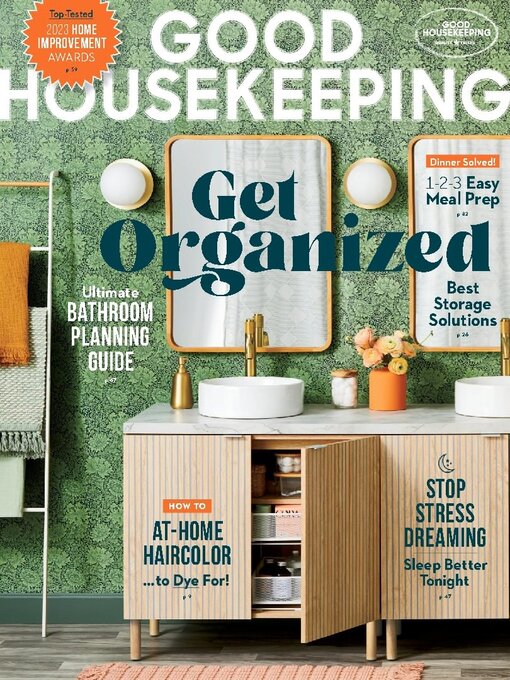
One of the most important parts of the media kit is the audience breakdown. Good Housekeeping’s readers are mostly women in their prime spending years, often with a decent disposable income. They care about family, home, and living well. And because the magazine is so trusted, ads placed here tend to get a lot of attention and positive engagement. It’s not just about throwing an ad in front of eyeballs; it’s about reaching people who actually care about what you’re offering.
When it comes to advertising options, Good Housekeeping doesn’t hold back. You can go for classic full-page print ads that really pop with glossy, vibrant colors. Or, if you want something a bit more subtle but still effective, they offer native editorial content—basically sponsored stories or product mentions that blend right into the magazine’s usual articles. There are also advertorials, which are like mini-articles written in a way that promotes your brand but still feels editorial. If you want to target specific regions, they even have regional inserts. And for those who want to get creative, there are special formats like gatefolds or textured paper that make your ad stand out even more.
Timing your ads is another big deal. The media kit includes an editorial calendar, which tells you what themes or topics each issue will focus on. So, if you’re launching a new kitchen gadget, you’d want to aim for the issues that highlight cooking or holiday gift guides. Planning around these themes can make your ads feel more relevant and less like random interruptions.
Of course, there are technical details too. The media kit spells out exactly how to prepare your ad files—what formats to use, the right sizes, color profiles, and when to submit everything. It might sound boring, but trust me, following these specs can save you a lot of headaches and ensure your ad looks perfect in print.
Why bother with Good Housekeeping? Well, aside from its huge and loyal readership, the magazine carries a lot of weight in terms of trust. People don’t just skim through it; they actually spend time reading and often come back to their favorite issues. That means your ad isn’t just seen once and forgotten—it has staying power. Plus, with all the different ad formats, you can tailor your campaign to fit your budget and goals.
If you’re new to magazine advertising, here’s a quick rundown on how to make the most of the media kit:
-
Start by figuring out what you want to achieve. Is it brand awareness, sales, or something else?
-
Check if Good Housekeeping’s audience matches your target market—spoiler: it probably does if you’re selling lifestyle or home-related products.
-
Pick the ad format that fits your message and budget. Native content is great if you want to tell a story, while full-page ads are better for bold visuals.
-
Look at the editorial calendar and plan your ad around relevant themes.
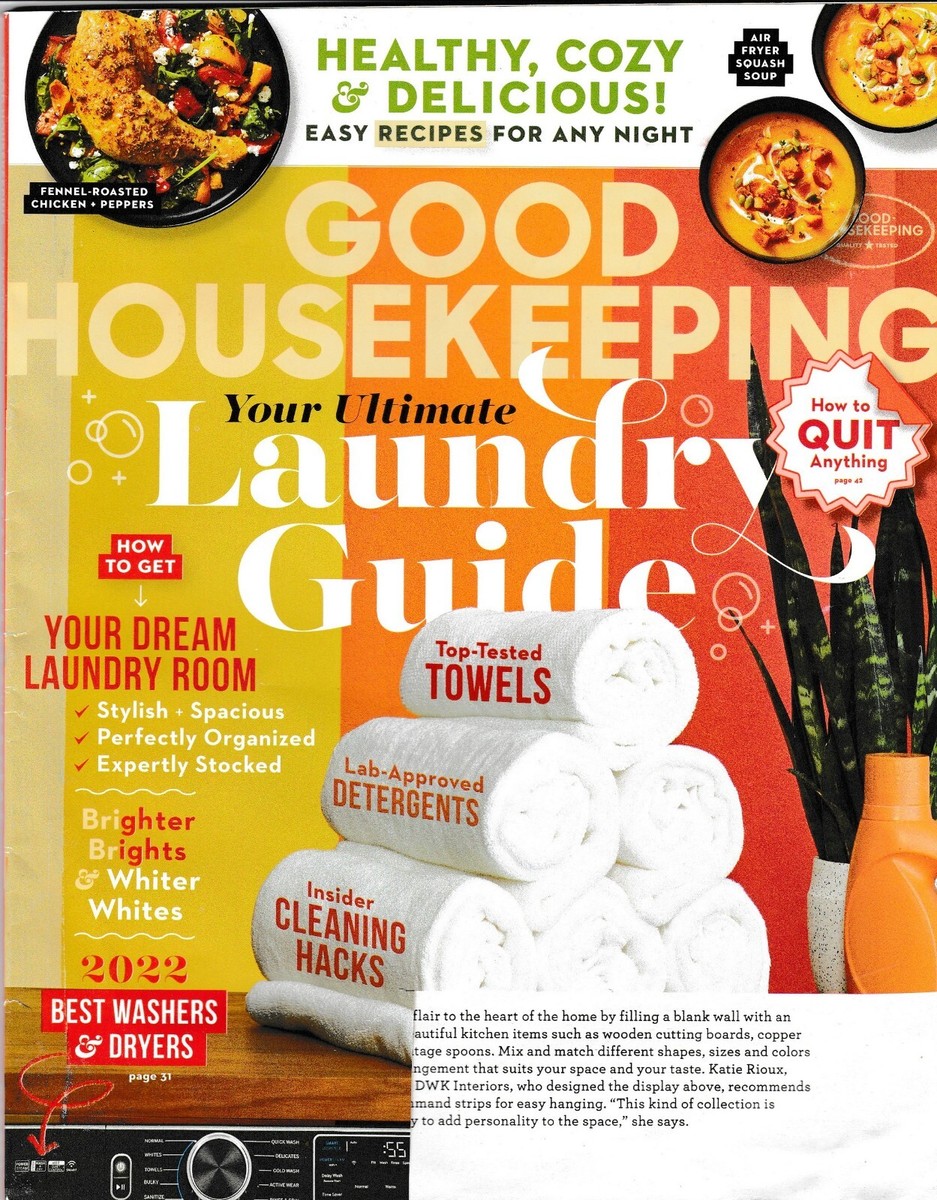
-
Make sure your creative meets all the technical requirements.
-
Book your space early—these spots can fill up fast, especially around big seasonal issues.
One of the coolest things about Good Housekeeping is their native advertising. Instead of just placing a traditional ad, you get to work with their editorial team to create content that feels like part of the magazine. This could be a feature on a travel destination, a roundup of eco-friendly products, or lifestyle tips that naturally include your brand. It’s a subtle but powerful way to connect with readers because it doesn’t feel like advertising—it feels like a recommendation from a friend.
To give you an idea, brands that have done campaigns here often see real results: more brand recognition, better engagement, and sometimes a noticeable bump in sales or website visits. For instance, a home cleaning product that combined a full-page ad with a native editorial piece saw a 25% jump in online traffic during their campaign. That’s the kind of impact you want.
Before wrapping up, here are some common questions people ask about the Good Housekeeping media kit:
-
What exactly does the media kit include?
It’s got everything from audience stats and circulation numbers to ad sizes, rates, deadlines, and editorial themes. -
How do I submit my ad?
You’ll need to follow their specs, usually sending a PDF in a specific format by a certain deadline. -
Can I target ads regionally?
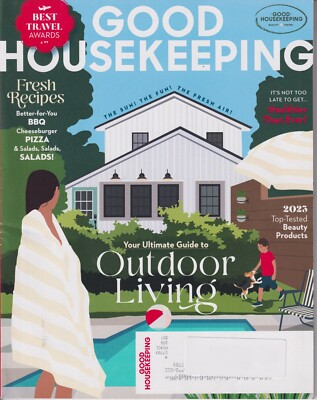
Yes! They offer regional inserts and targeted advertorials.
-
Is Good Housekeeping still printed, or is it digital only?
They’re still going strong in print, plus digital editions. -
What’s native advertising like?
It’s custom content created with the editorial team, blending your brand into stories readers trust. -
Who reads Good Housekeeping?
Mostly women aged 25-54, interested in home, health, beauty, and sustainable living.
To sum it all up, the Good Housekeeping media kit is your go-to resource if you want to advertise in a magazine that’s both trusted and widely read. It gives you all the info you need to plan, create, and launch ads that resonate with a valuable audience. Whether you’re going for bold print ads or subtle native content, Good Housekeeping offers a premium platform to get your message across.
If you’re serious about reaching engaged, affluent consumers who care about quality and sustainability, this media kit is worth a close look. Take your time with it, plan carefully, and you could see some impressive results. After all, it’s not just about advertising—it’s about connecting with people who trust Good Housekeeping enough to listen.
